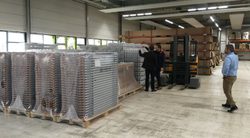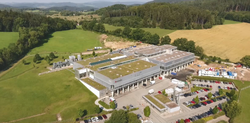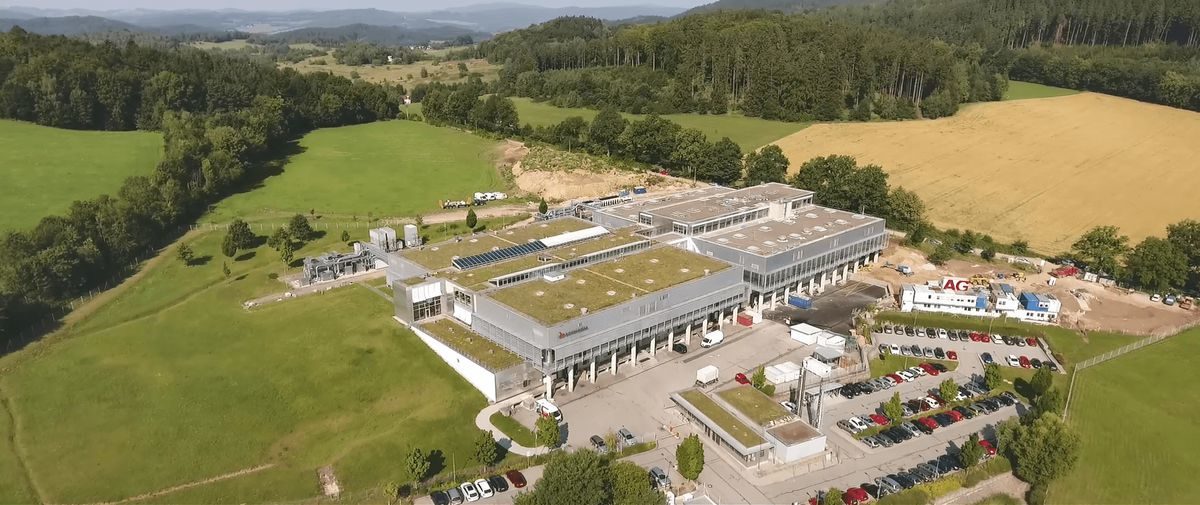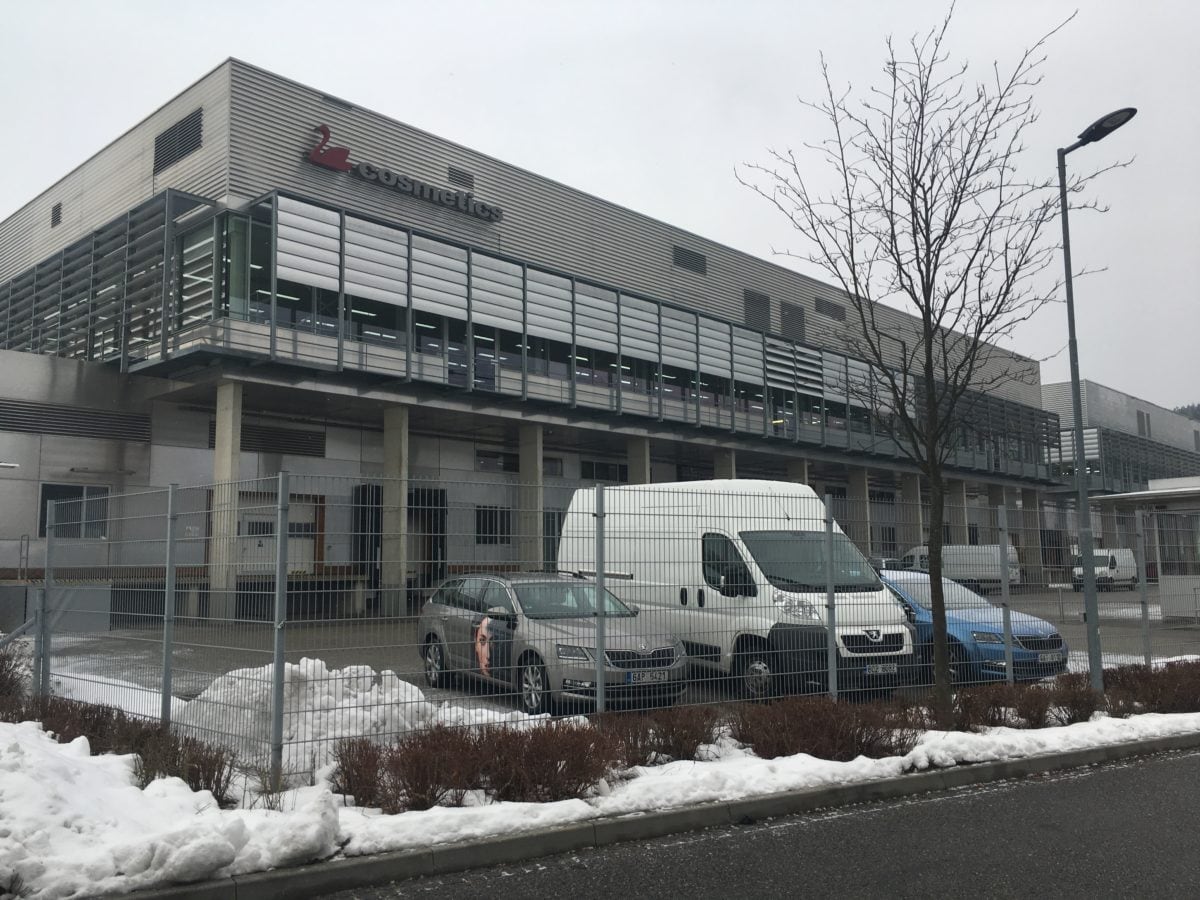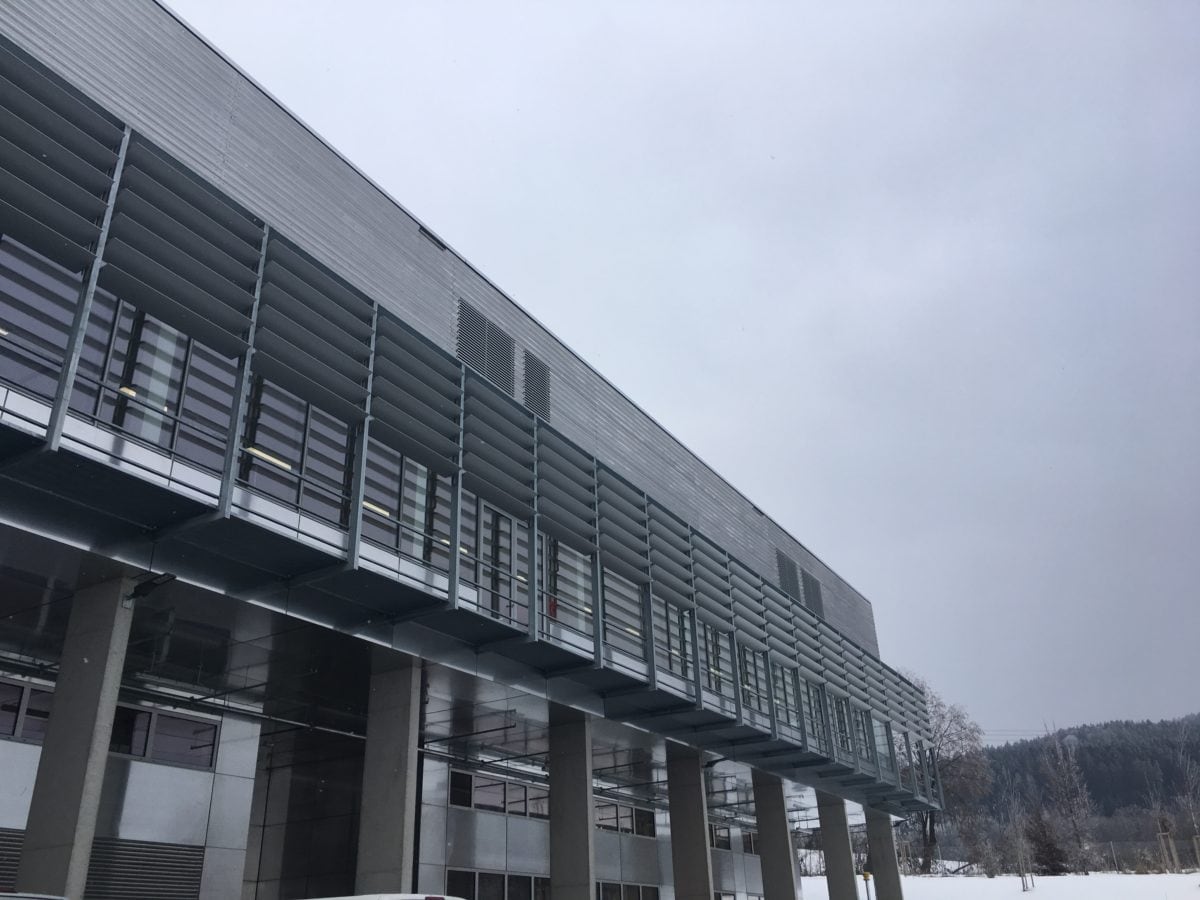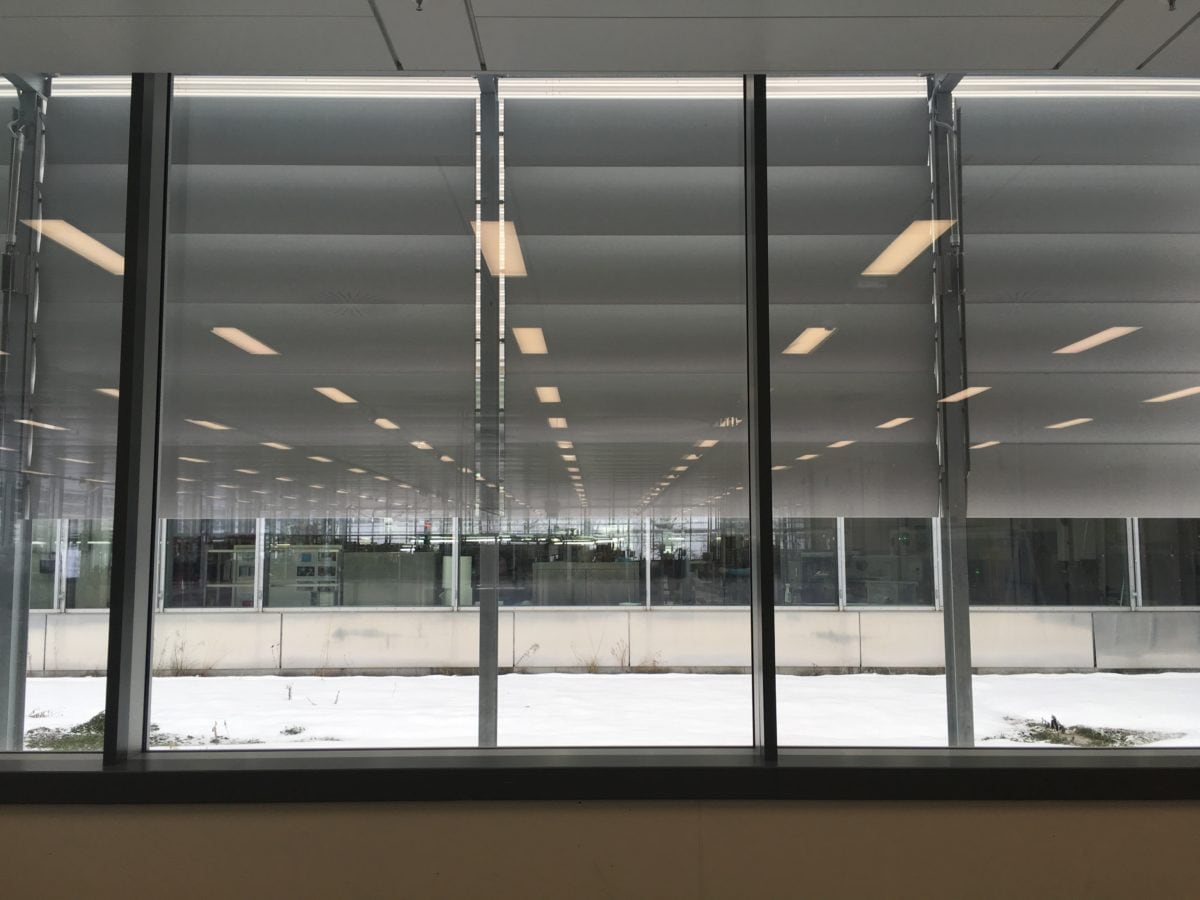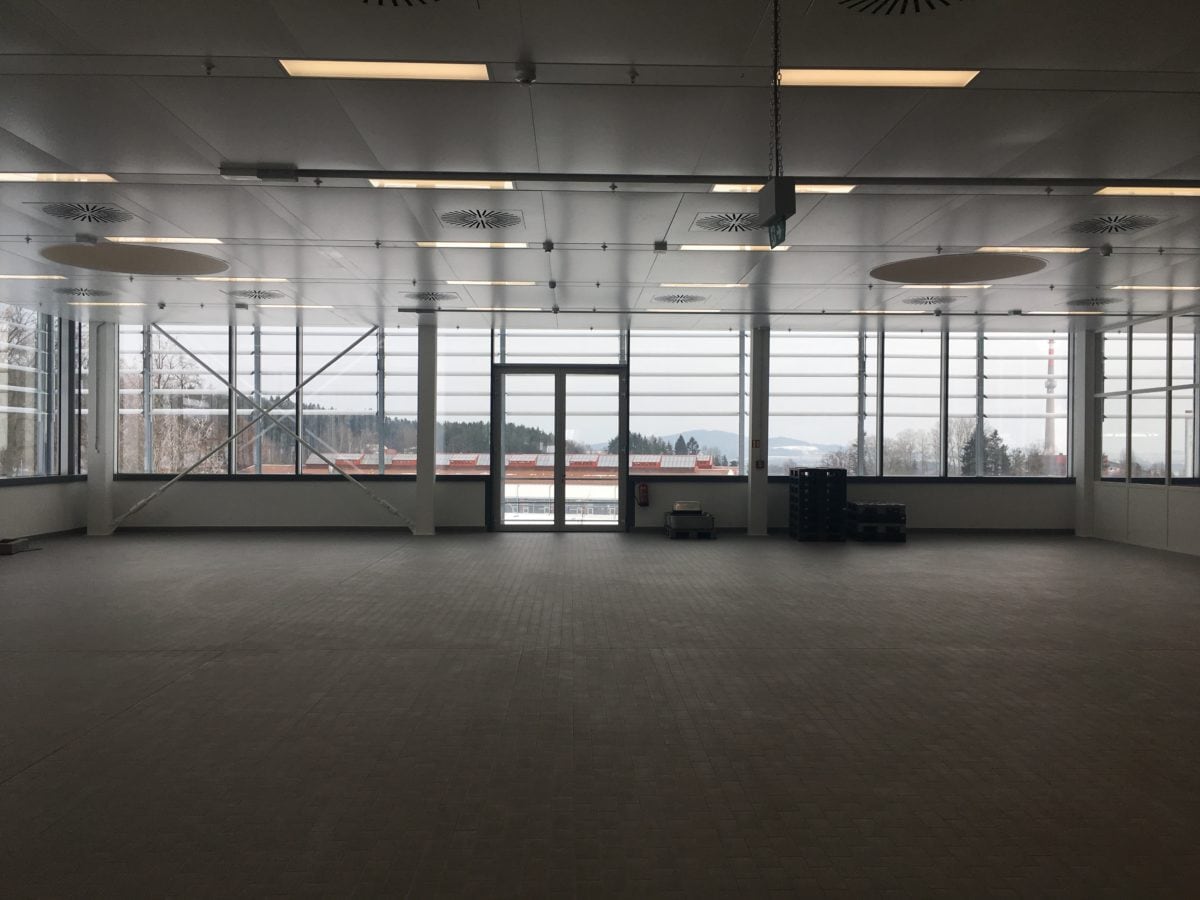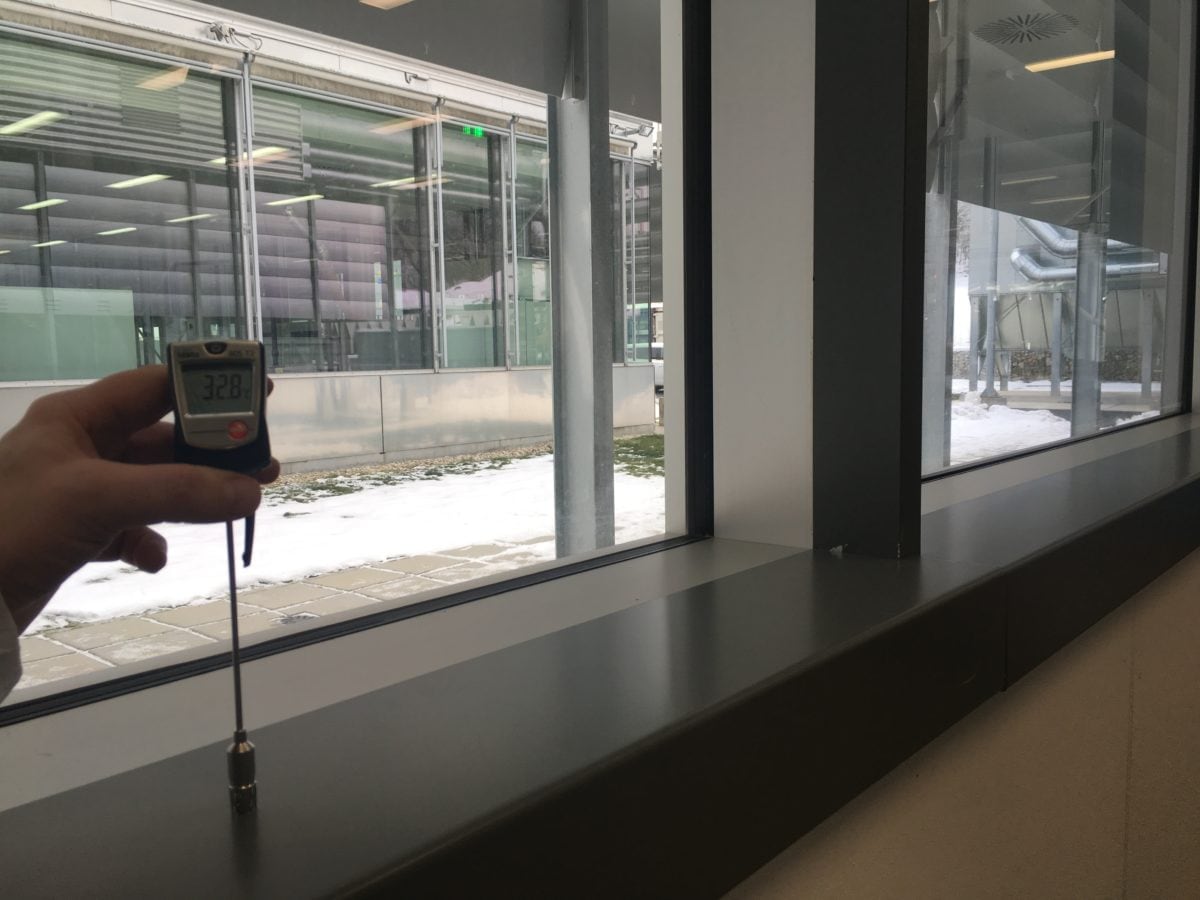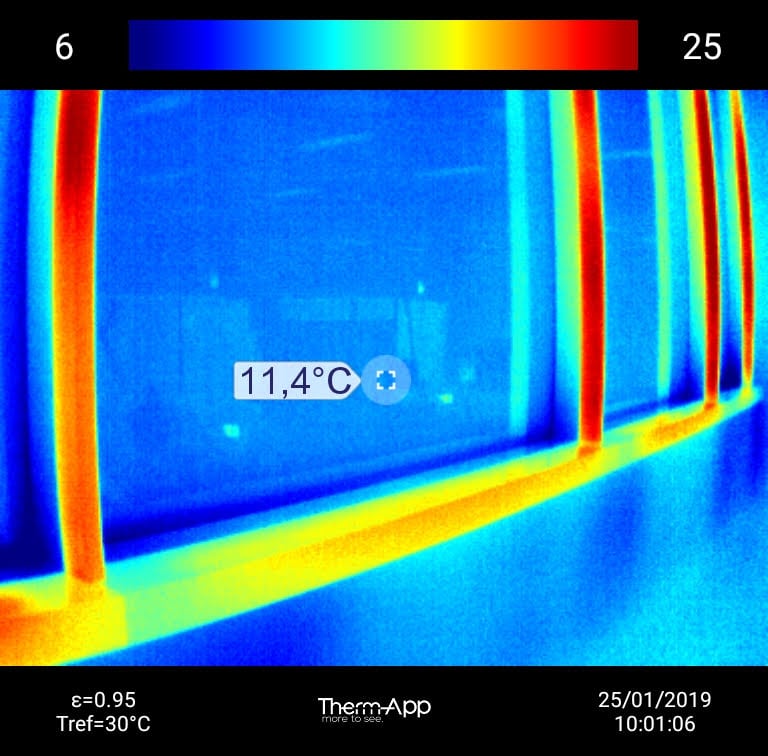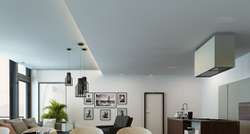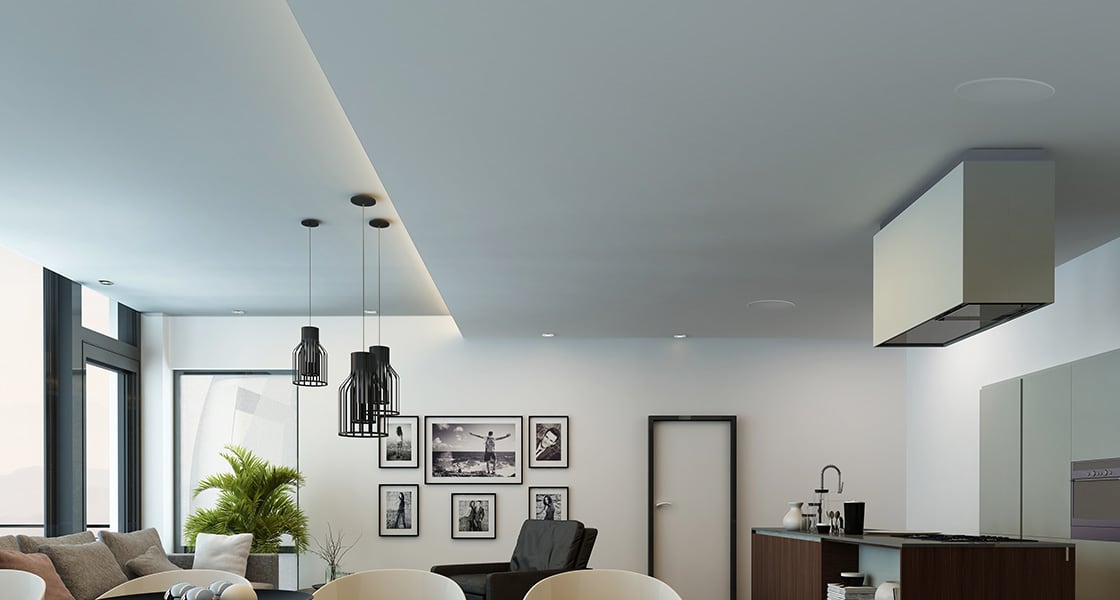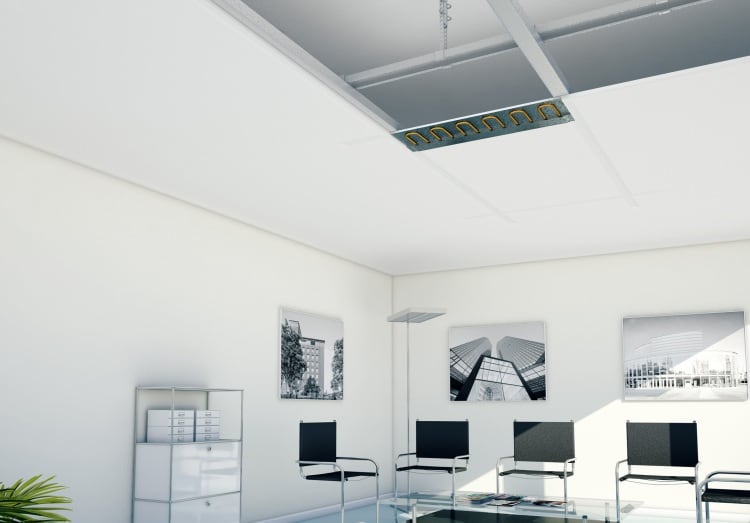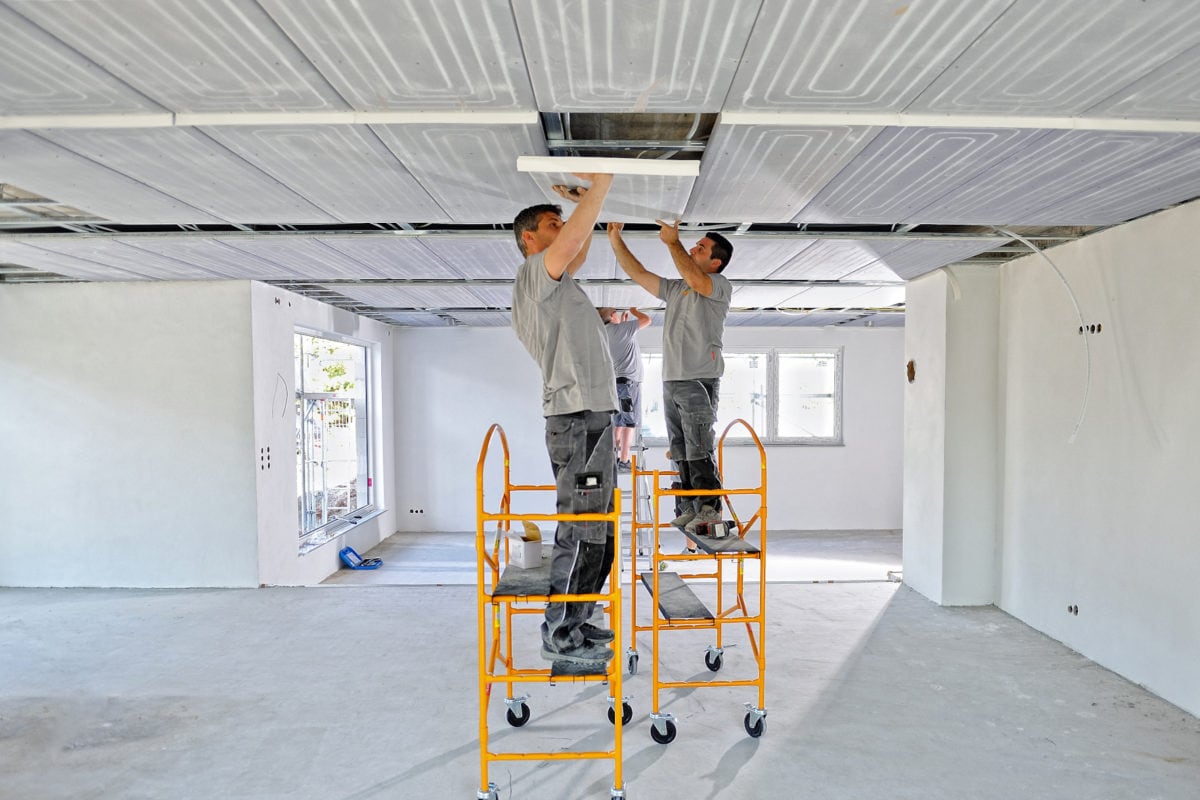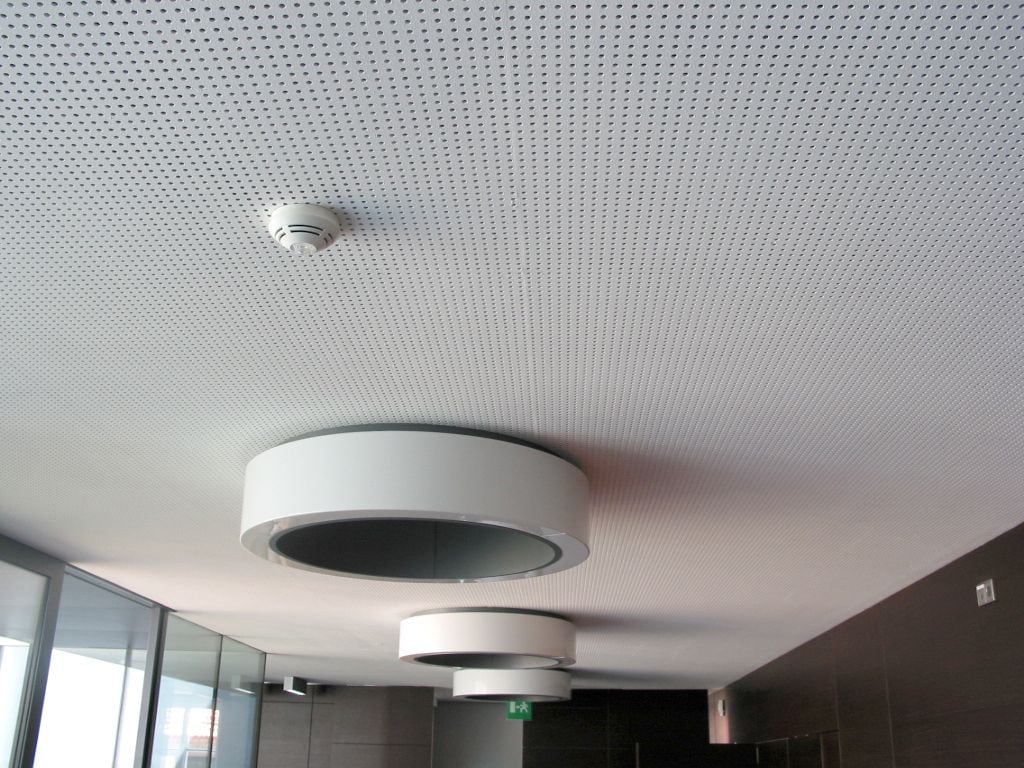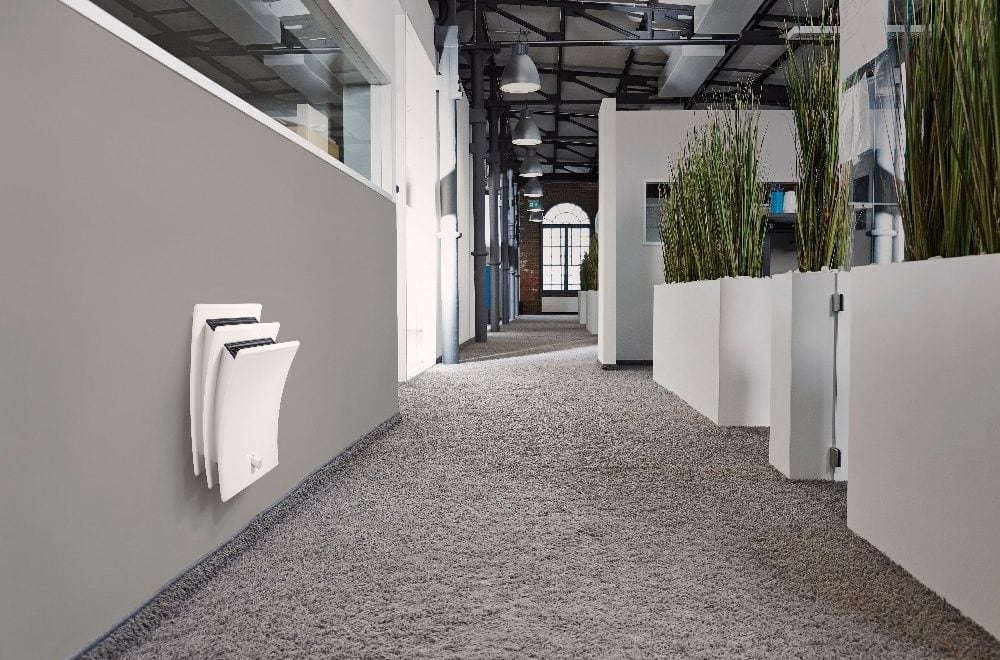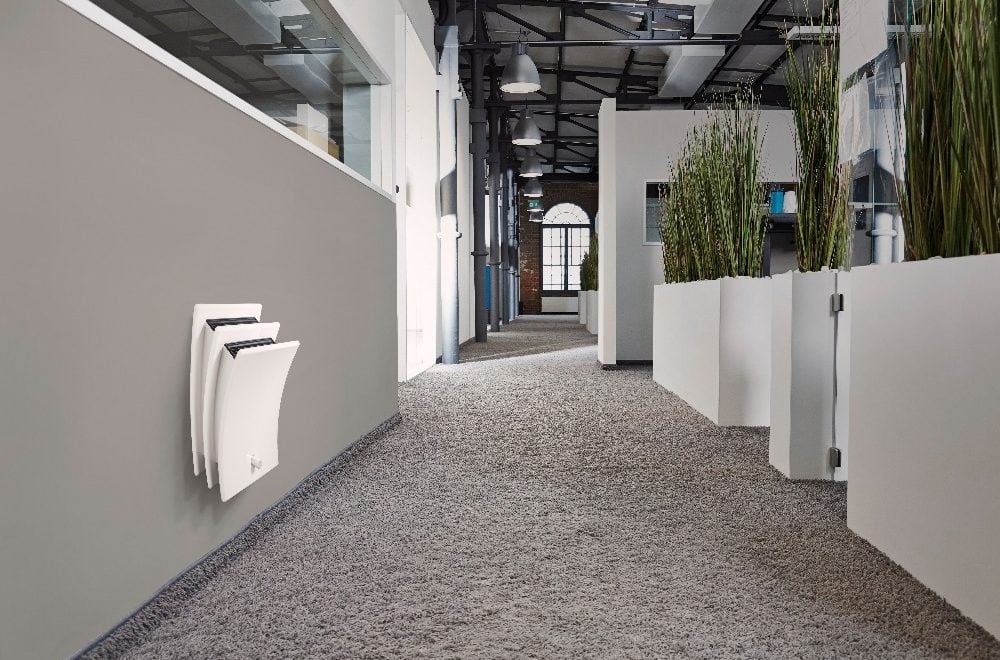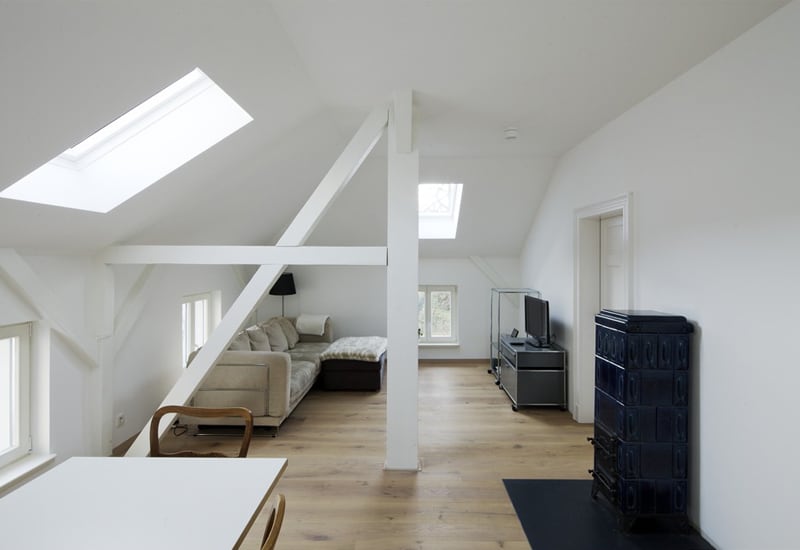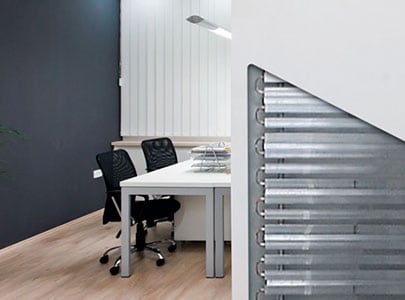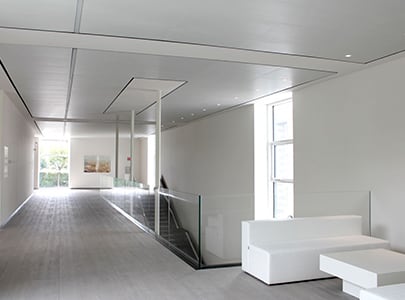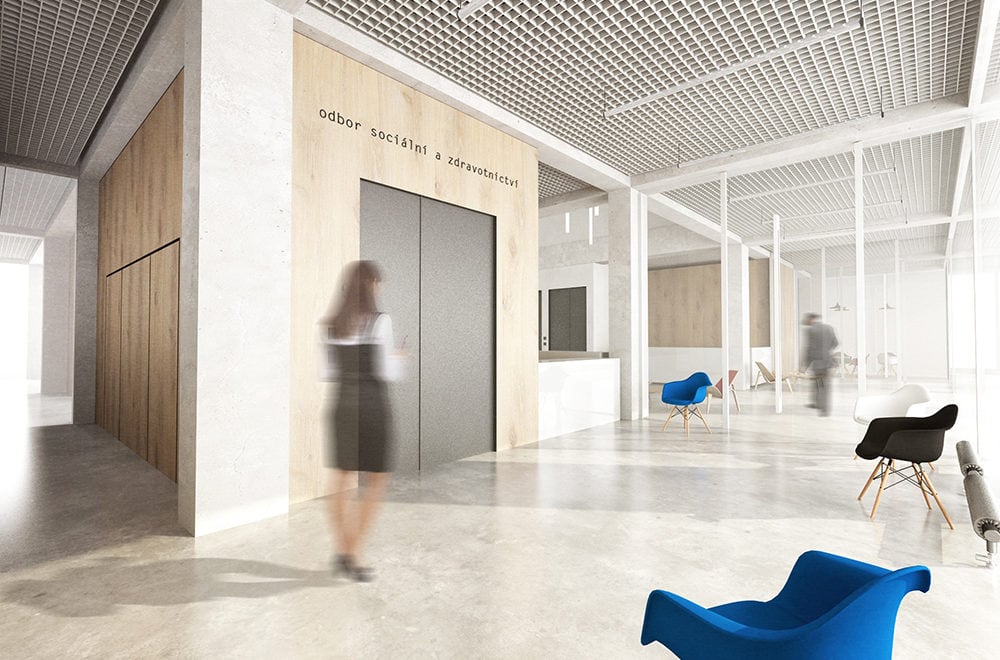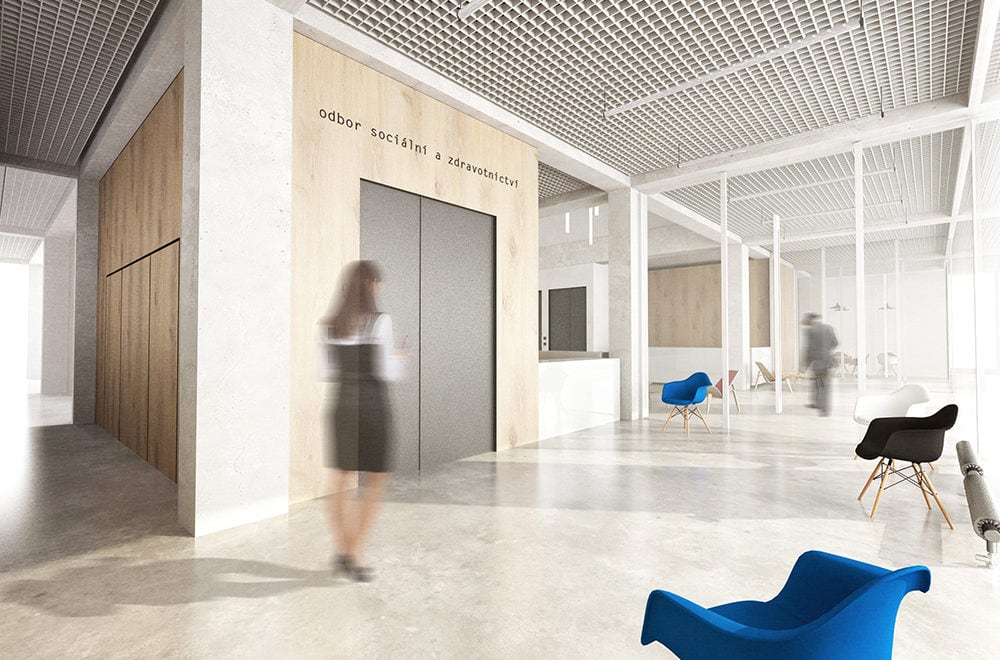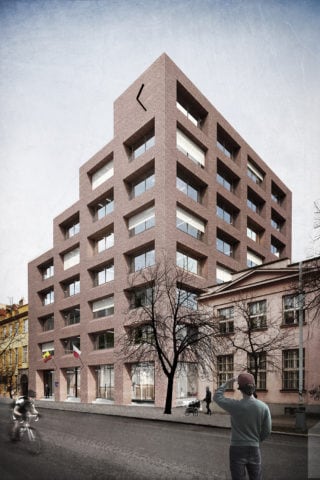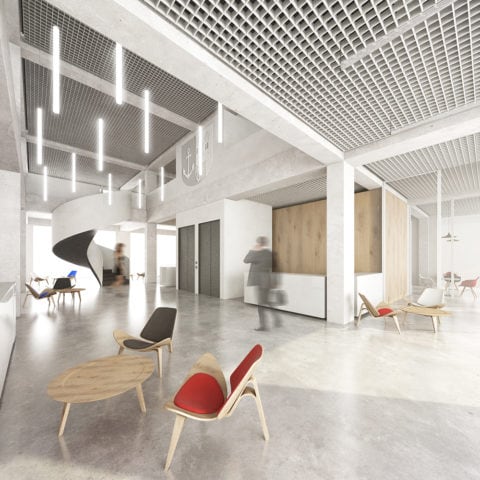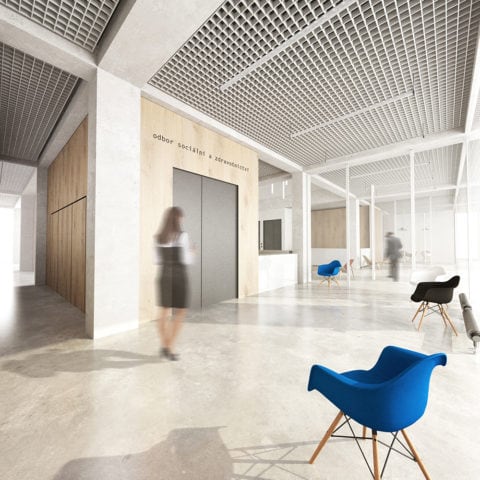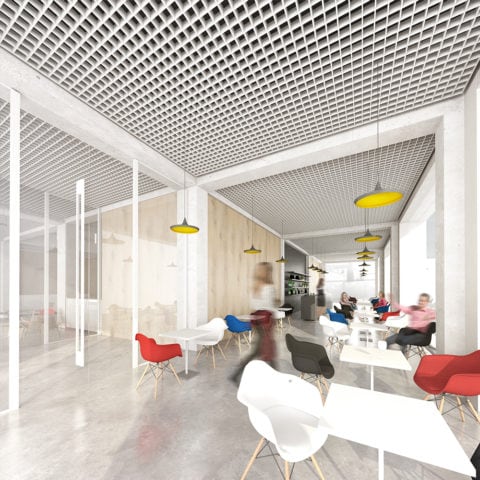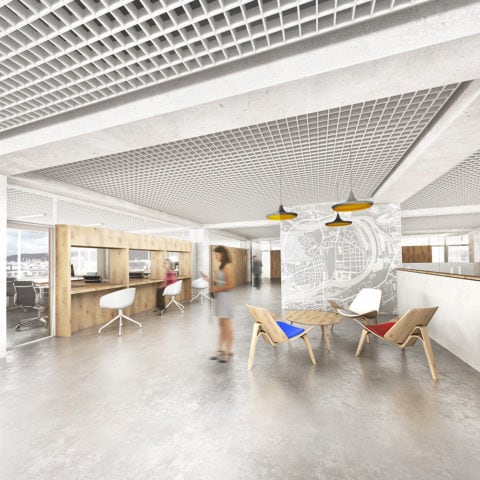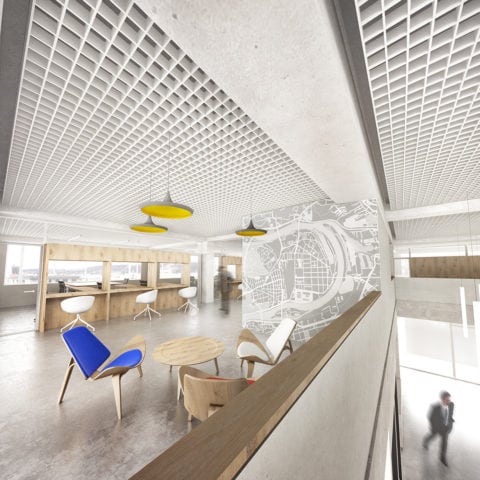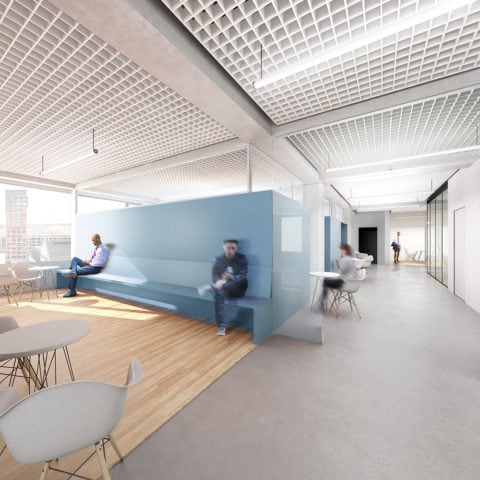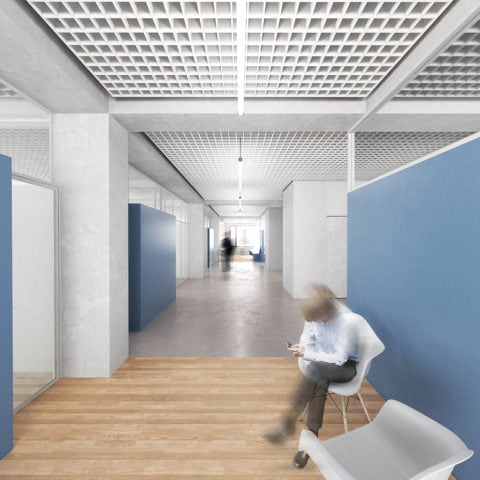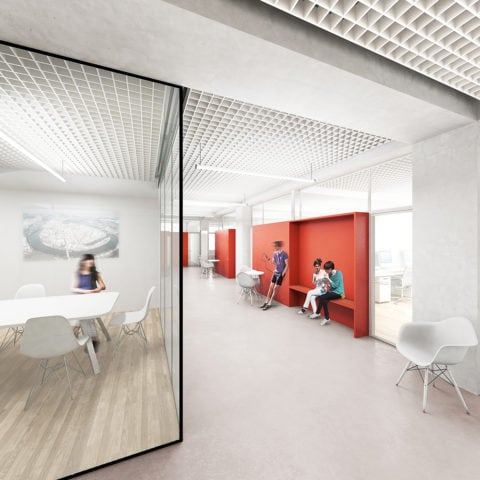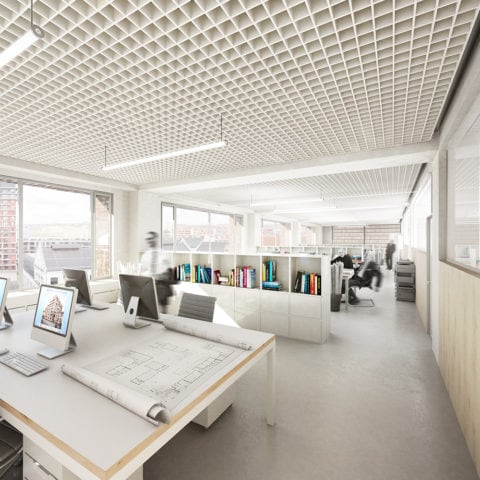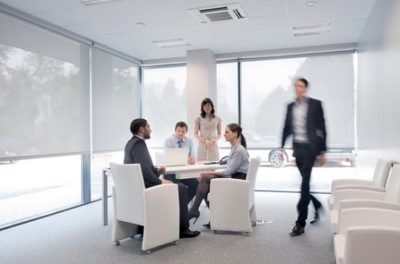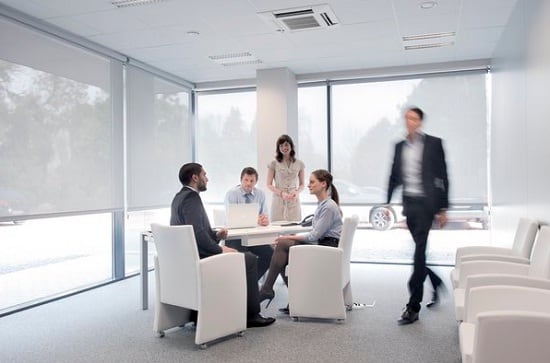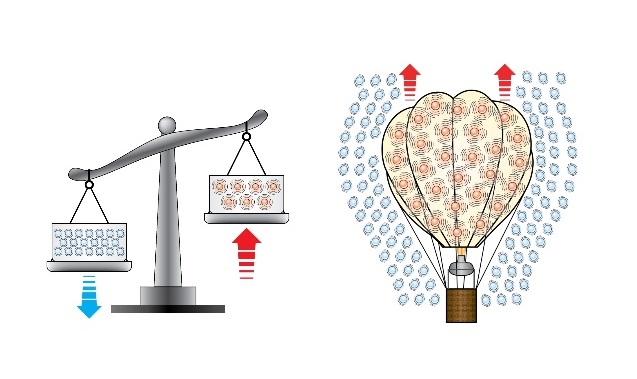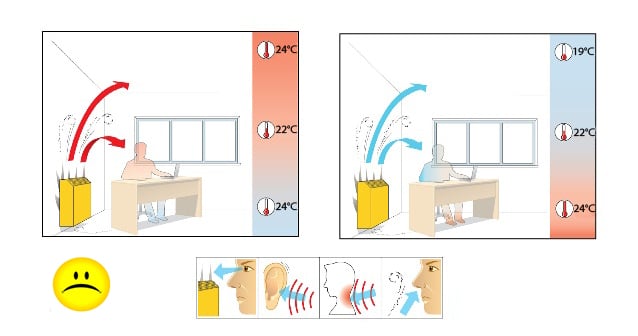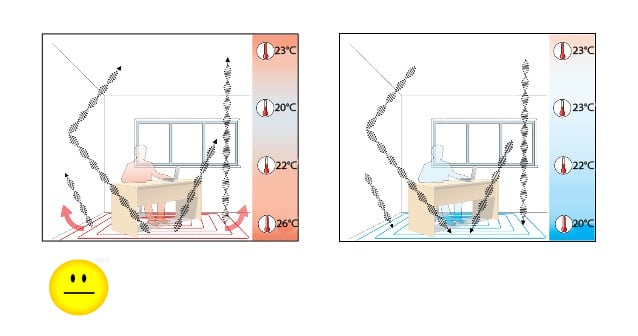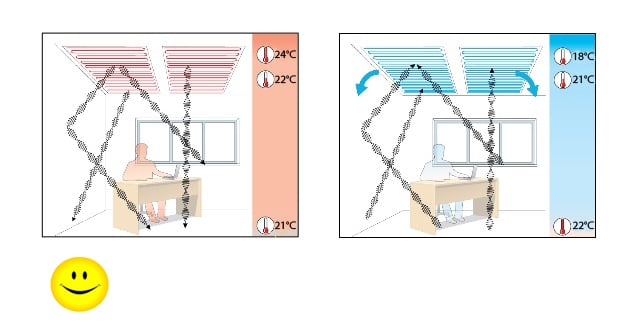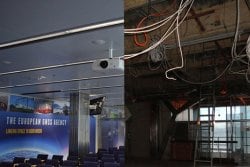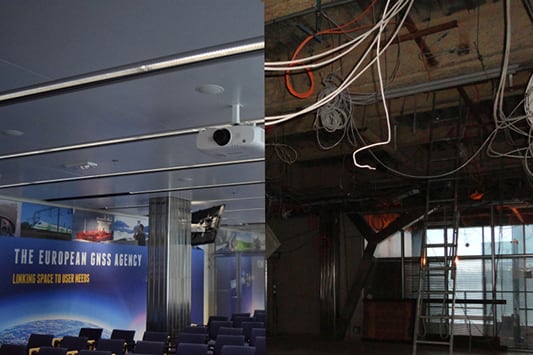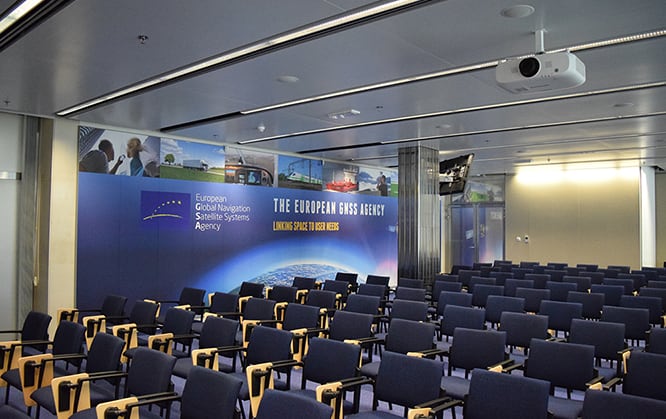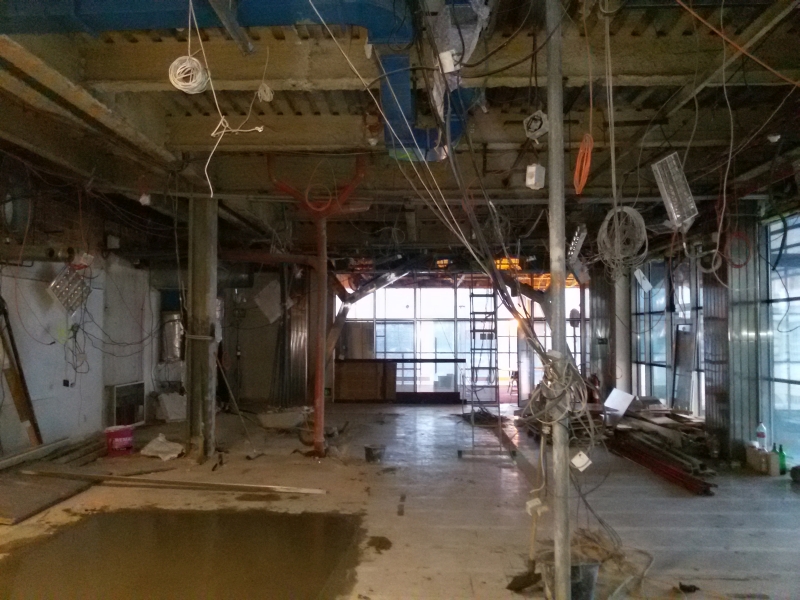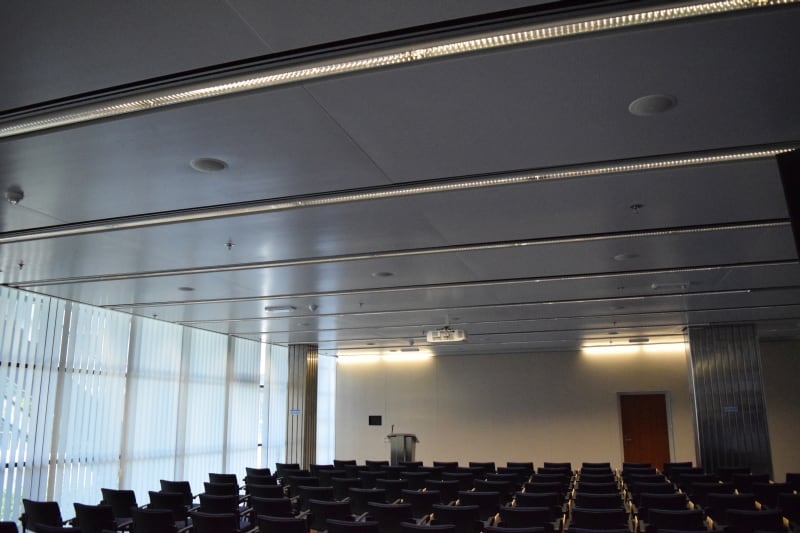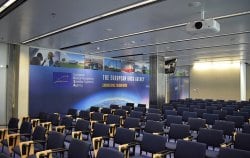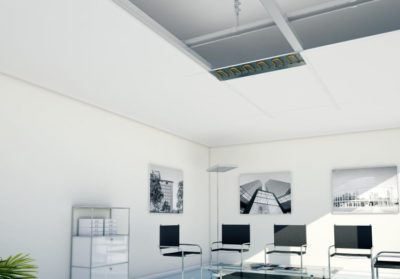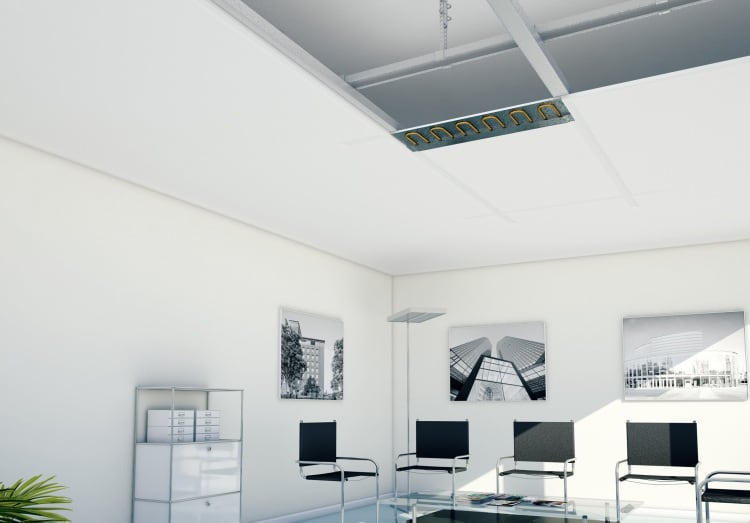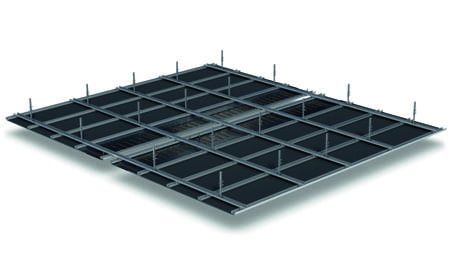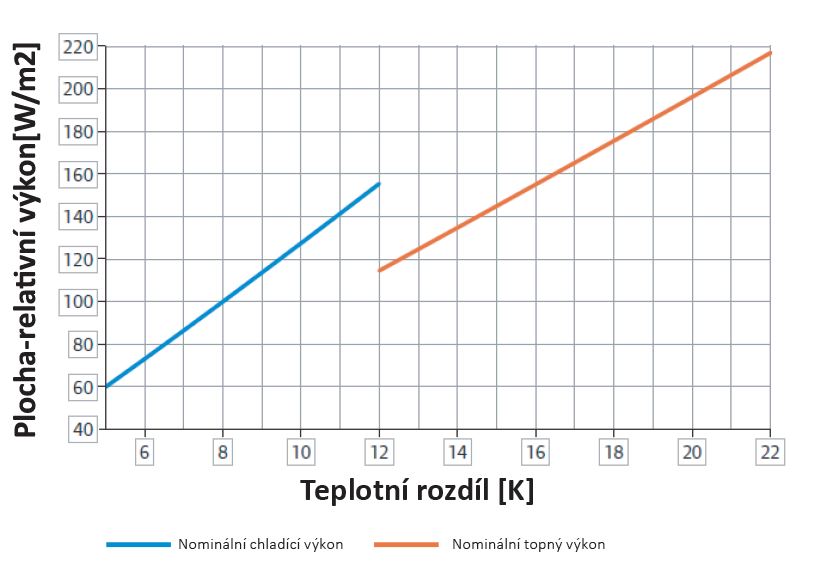A new era of cooperation with Zent-Frenger
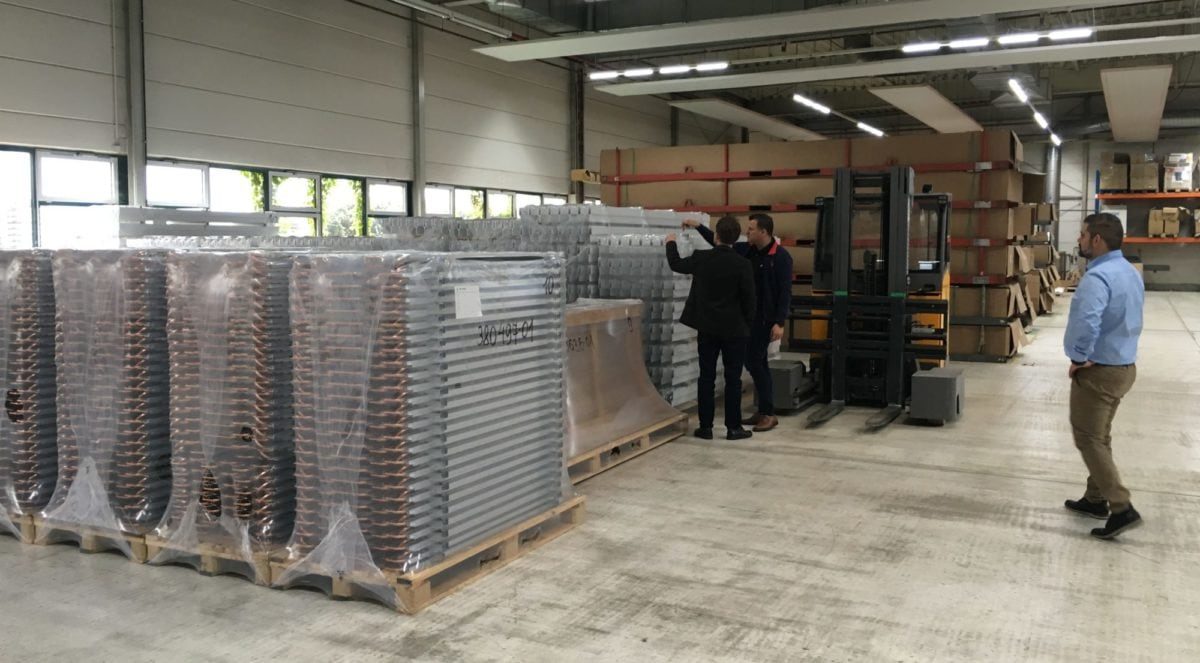
A new era of cooperation with Zent-Frenger
The German company Zent-Frenger is one of the world's best energy systems abroad and stands out for its professional approach and quality know-how. Since this year, we have become its partner and representative on the Czech and Slovak markets, which has allowed us to expand our range of products and services.
As a Geocore company, we have been operating on the market for 11 years. Since 2008, we have been trying to find the most suitable environmentally friendly and economical solution for our customers in the field of TZB (technical equipment of buildings) while contributing innovations that would ensure even greater quality and comfort for our customers. We are constantly working on these goals, so we decided to re-establish cooperation with Zent-Frenger, which has so far been represented on the Czech market by UPONOR. Thanks to this, we can boast of expanding our portfolio with new Zent-Frenger products.
GeoCore's Strong Partner
Zent Frenger has a long tradition since 1954. During that time, it had the opportunity to launch a number of technical innovations, including heating cooling ceiling technology , which made it a major pioneerand innovator in the industry. Since 1990, ithas also produced, among otherthings, its own heating cooling systems for steel, aluminium, plasterboard and special ceilings in Heppenheim , which are of great interest to customers. In addition to heating cooling ceilings, it also focuses on geothermal pumps see Geozent.
GeoCore and Zent-Frenger
Since January 1, 2019, we have a new foreign partner by our side, which means even more choice and tailor-made solutions for our customers and clients, from performance to design itself. Thanks to the greater variety of our assortment, we are able to find the right solution for every type of building, regardless of its size or technical equipment. On this basis, we can boast the largest selection on the market, not only in the Czech Republic, but also in Slovakia or Poland.
Together with Zent-Frenger Energy Solutions, we offer not only a large selection of interior elements, but also a comprehensive solution. We will help you with feasibility studies, advise you on the most suitable system and take on project management, production, assembly and commissioning – so you can rely on us at every stage of your project.
Take a look at our complete extended portfolio of Zent-Frenger heating cooling ceiling products, which will take care not only of the optimal temperature, but also of the right amount of fresh air, instlipation of modern technologies into the ceiling such as space sound system, lighting and taking care of the acoustics of the space all without unpleasant drafts as an absolutely quiet and comfortable solution.
We support cooperation with architects, designers, investors and developers. We look forward to further cooperation.


